18 GPTs for Conceptual Visualization Powered by AI for Free of 2025
AI GPTs for Conceptual Visualization refer to a category of advanced AI tools, based on Generative Pre-trained Transformers, tailored to assist in creating, understanding, and enhancing conceptual visual content. These tools leverage the power of GPTs to interpret, generate, and manipulate abstract ideas into visual forms, making complex concepts easier to comprehend and engage with. They serve as a bridge between raw data or ideas and their graphical representation, facilitating a deeper understanding through visual aids.
Top 10 GPTs for Conceptual Visualization are: Image Alchemy,Image Master,From Idea to Great Image,Prompter,Art Evolution,Aichitecture,Visual Poet,X Becomes More and More Y,Prompt Precise,Marc & Ted
Image Alchemy
Transforming Ideas into Visual Realities

Image Master
Envision Reality with AI-Powered Imagery

From Idea to Great Image
Transforming Ideas into Visual Realities
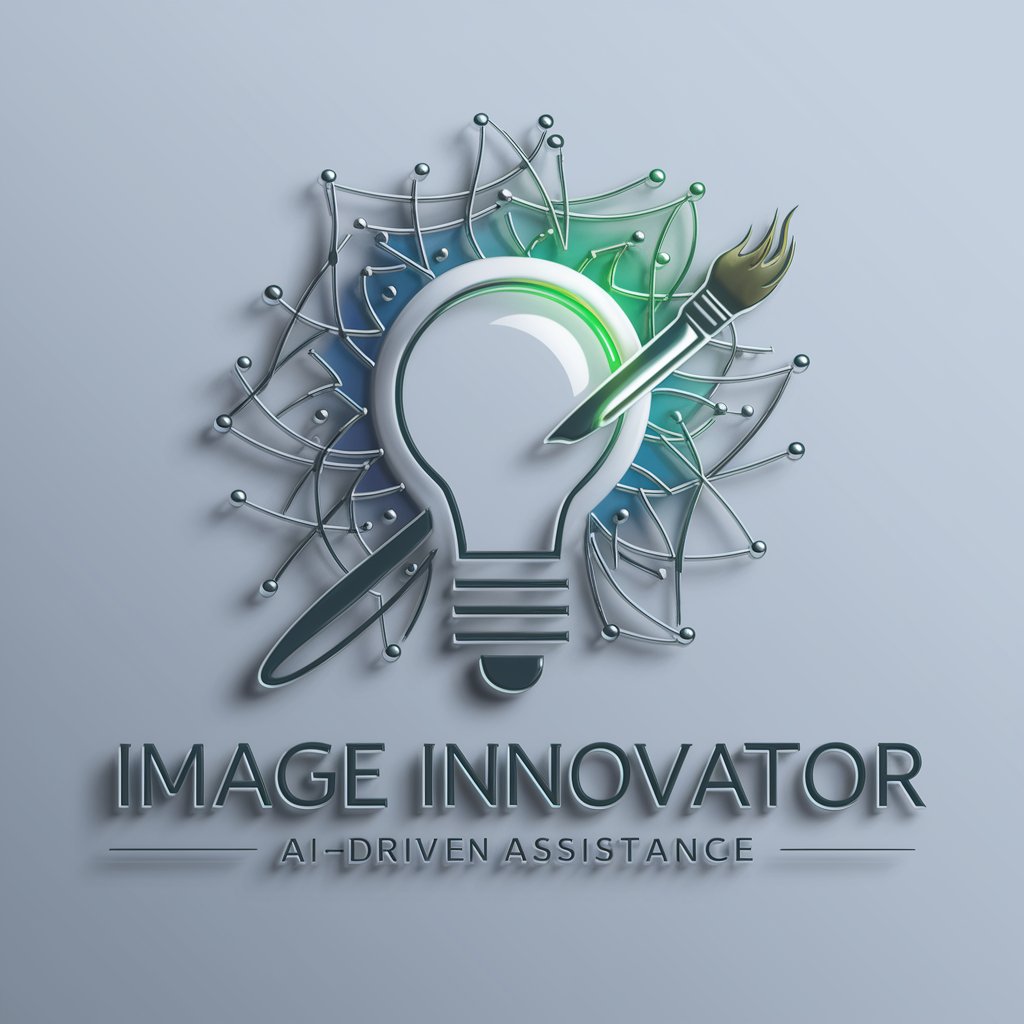
Prompter
Inspiring Artistic Journeys with AI
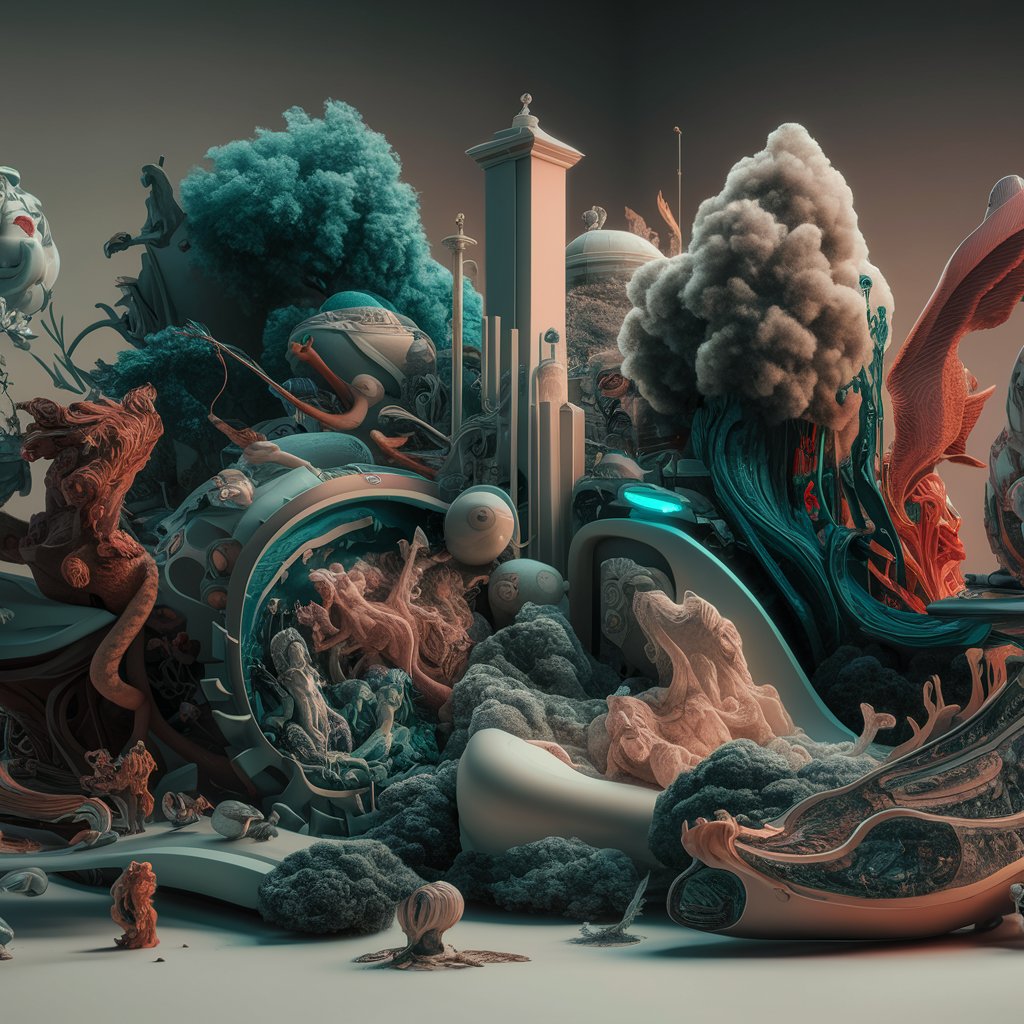
Art Evolution
Craft Your Vision with AI Precision
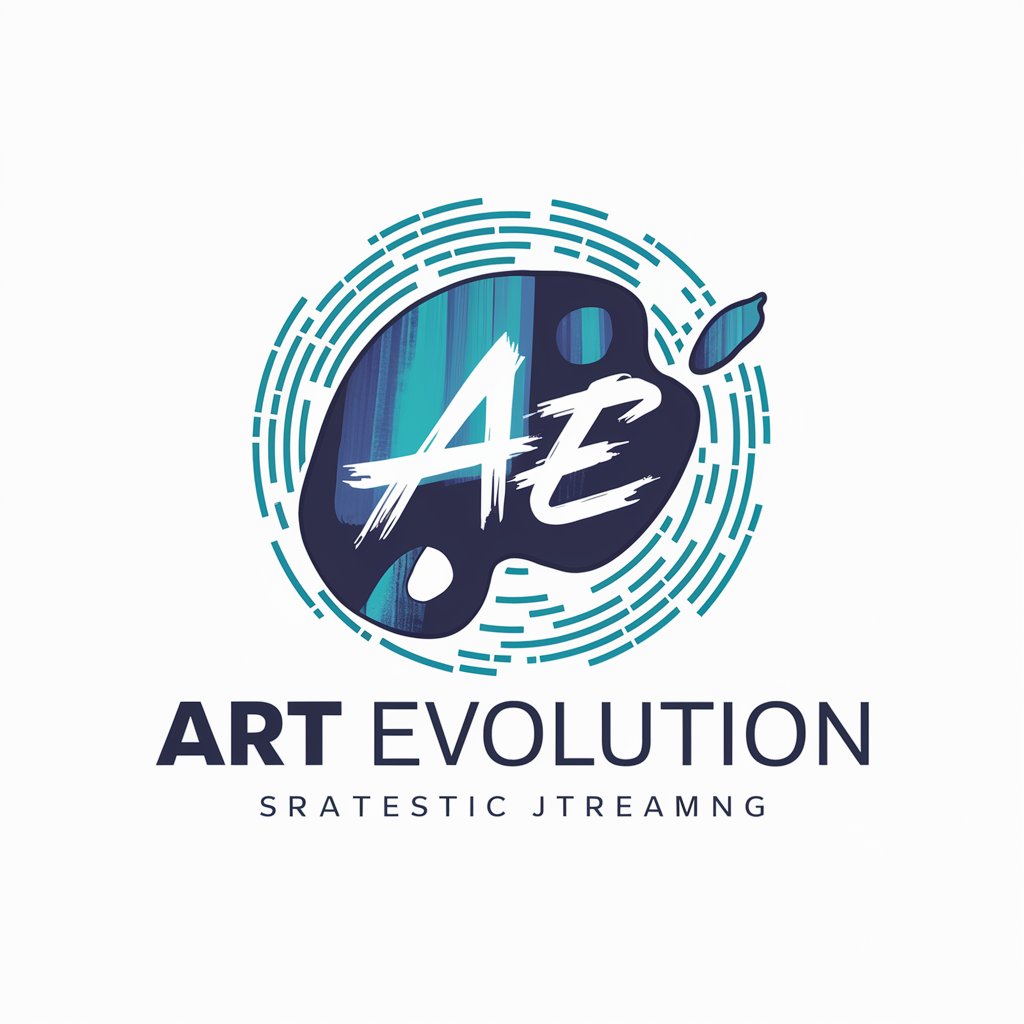
Aichitecture
Empowering Design with AI-Driven Architectural Insights
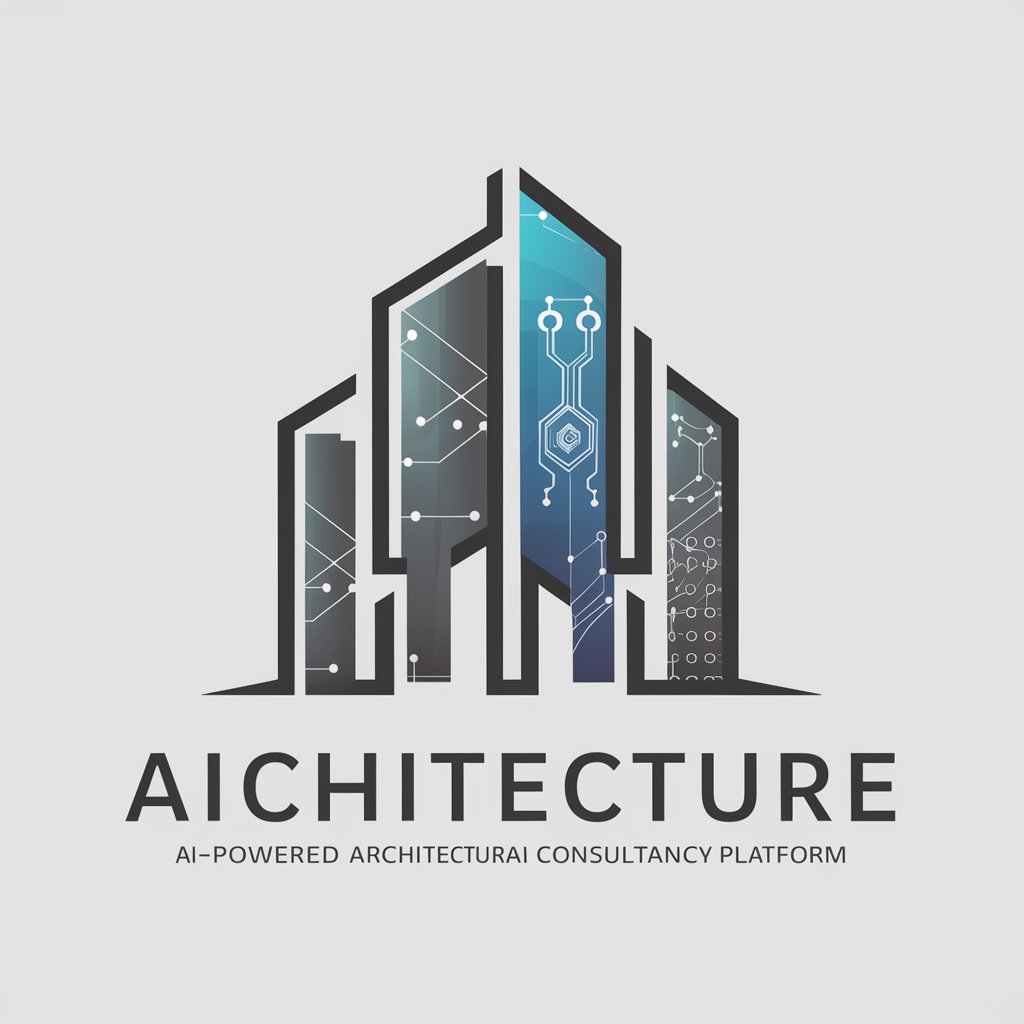
Visual Poet
Transforming Words into Art with AI
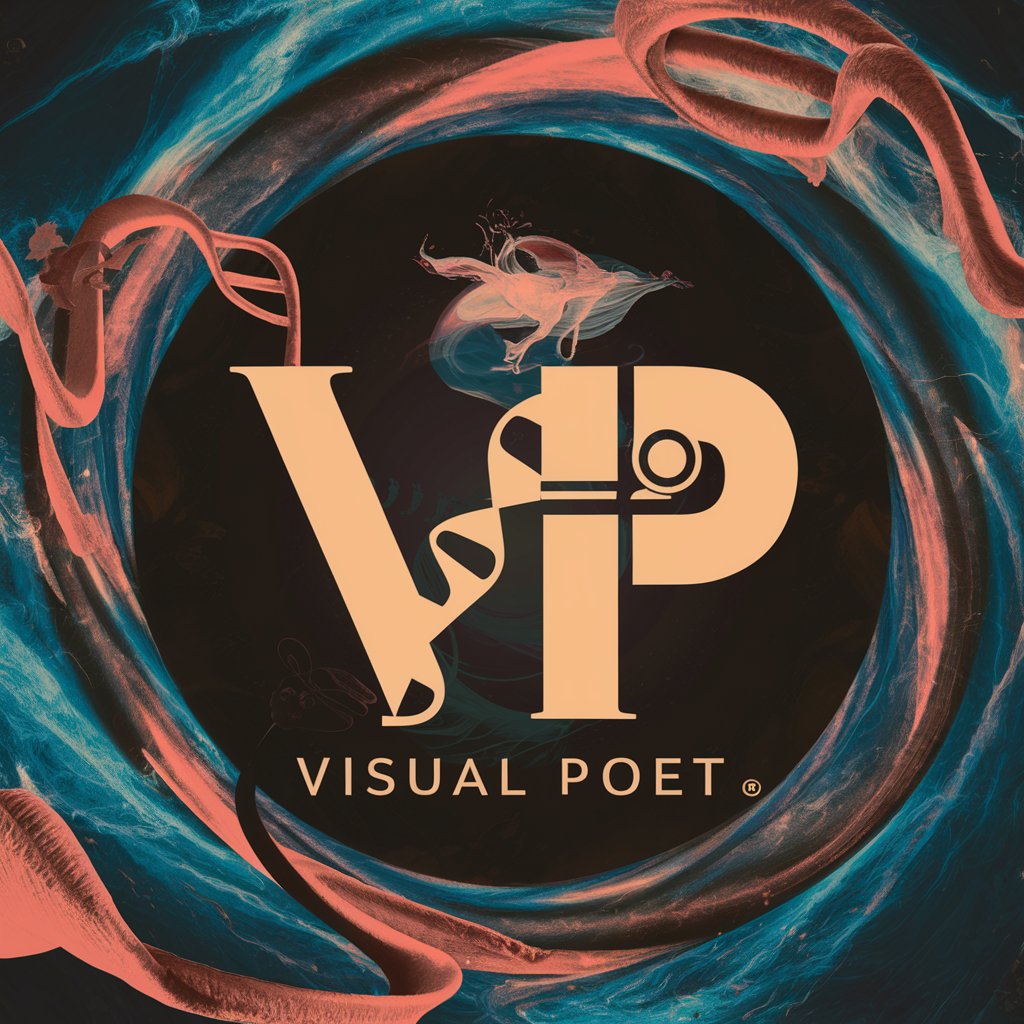
X Becomes More and More Y
Visualizing gradual transformations, powered by AI
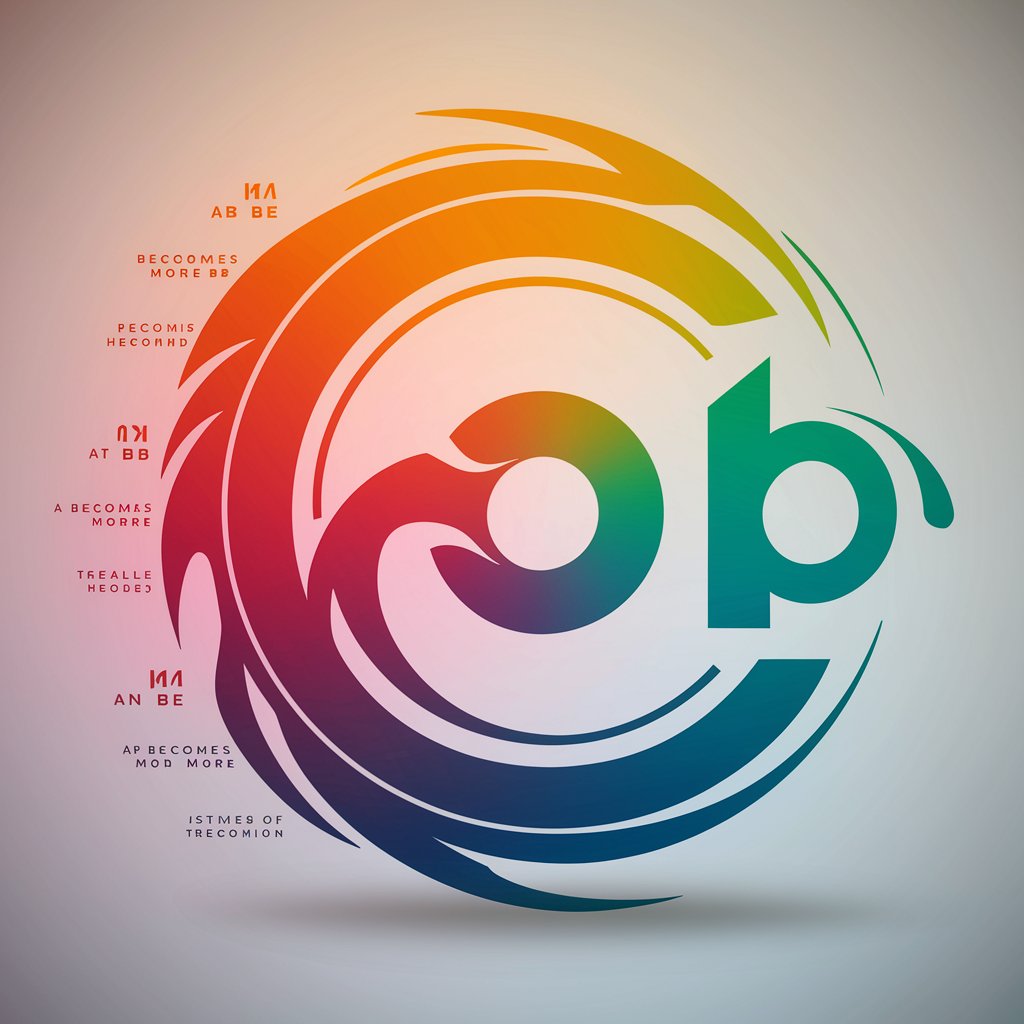
Prompt Precise
Precision in AI-powered image creation.
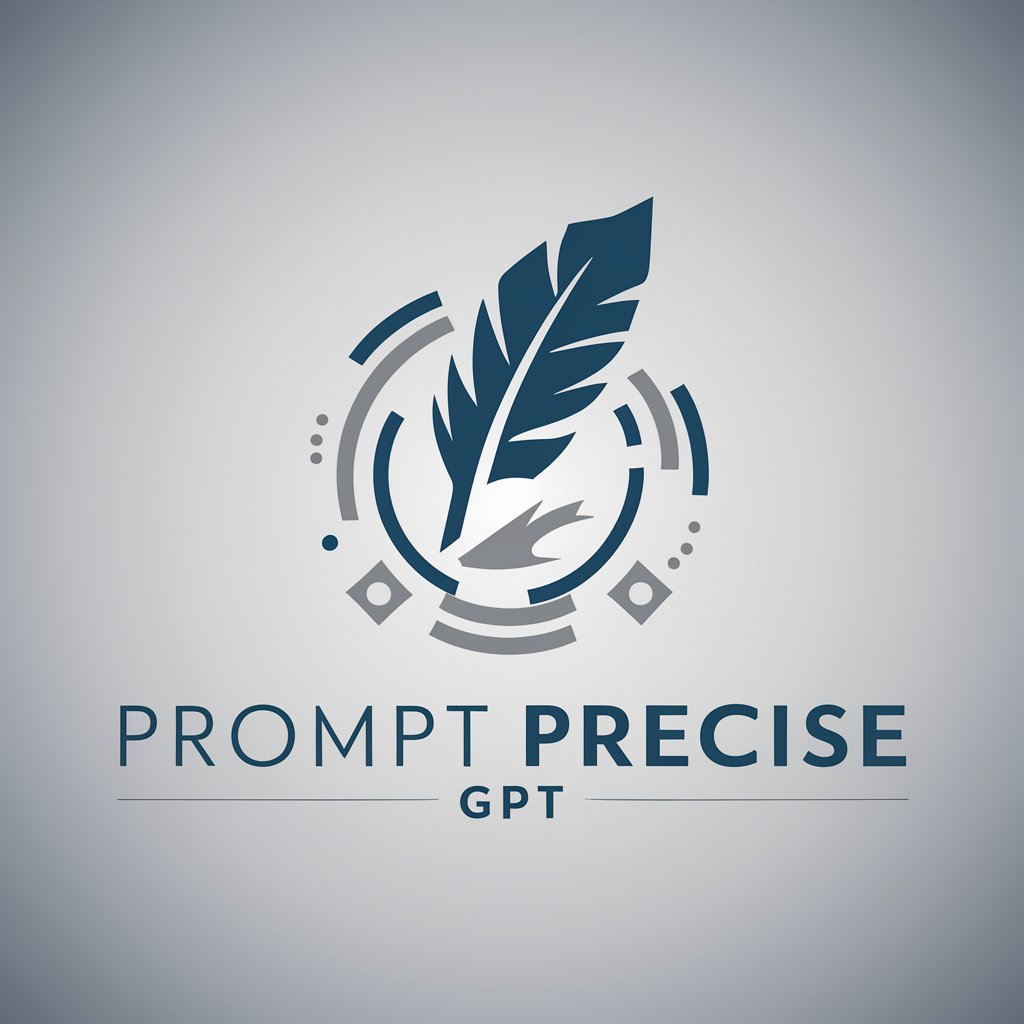
Marc & Ted
Innovate With AI-Powered Design Duality
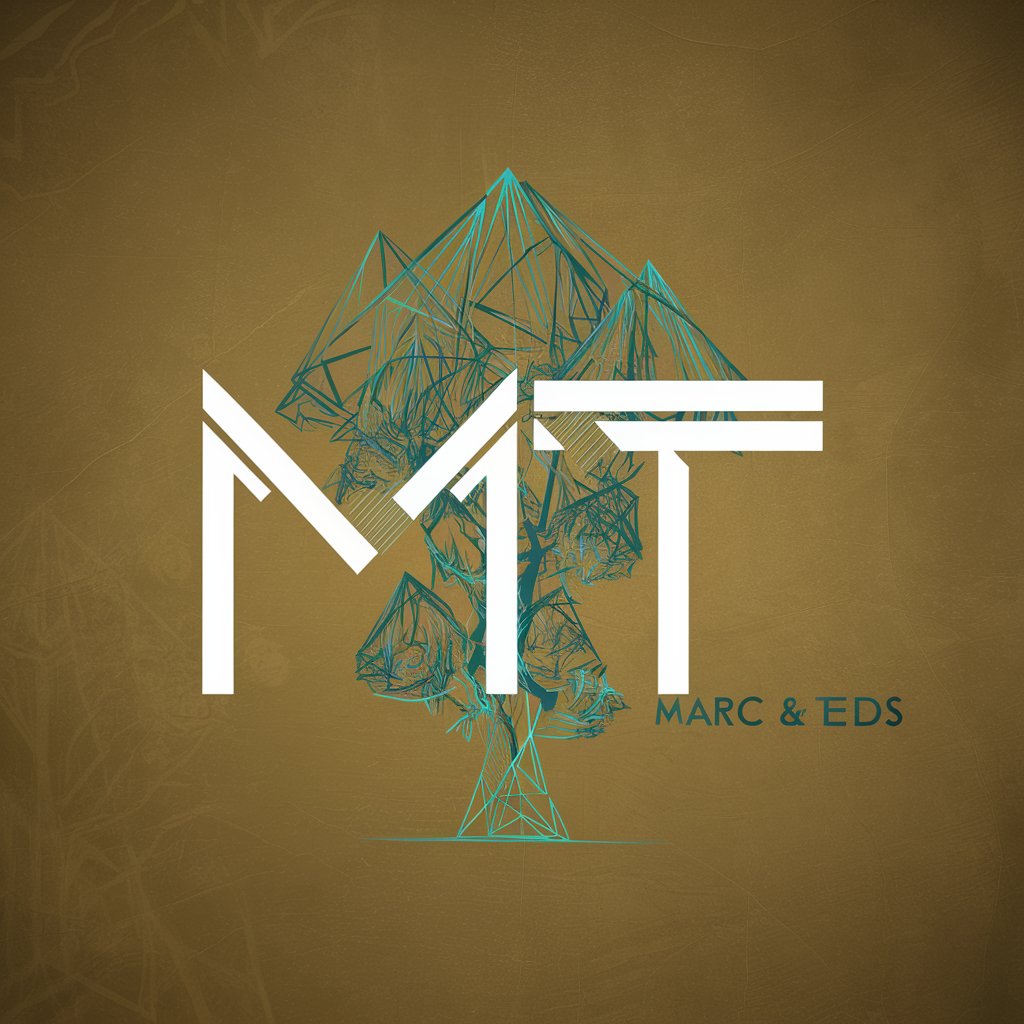
东喜漫画小助手
Crafting visuals with thoughtful insights.

Math in Metaphors For Everyone
Transforming Math into Vivid Stories

The Engineer
Empowering Engineering with AI
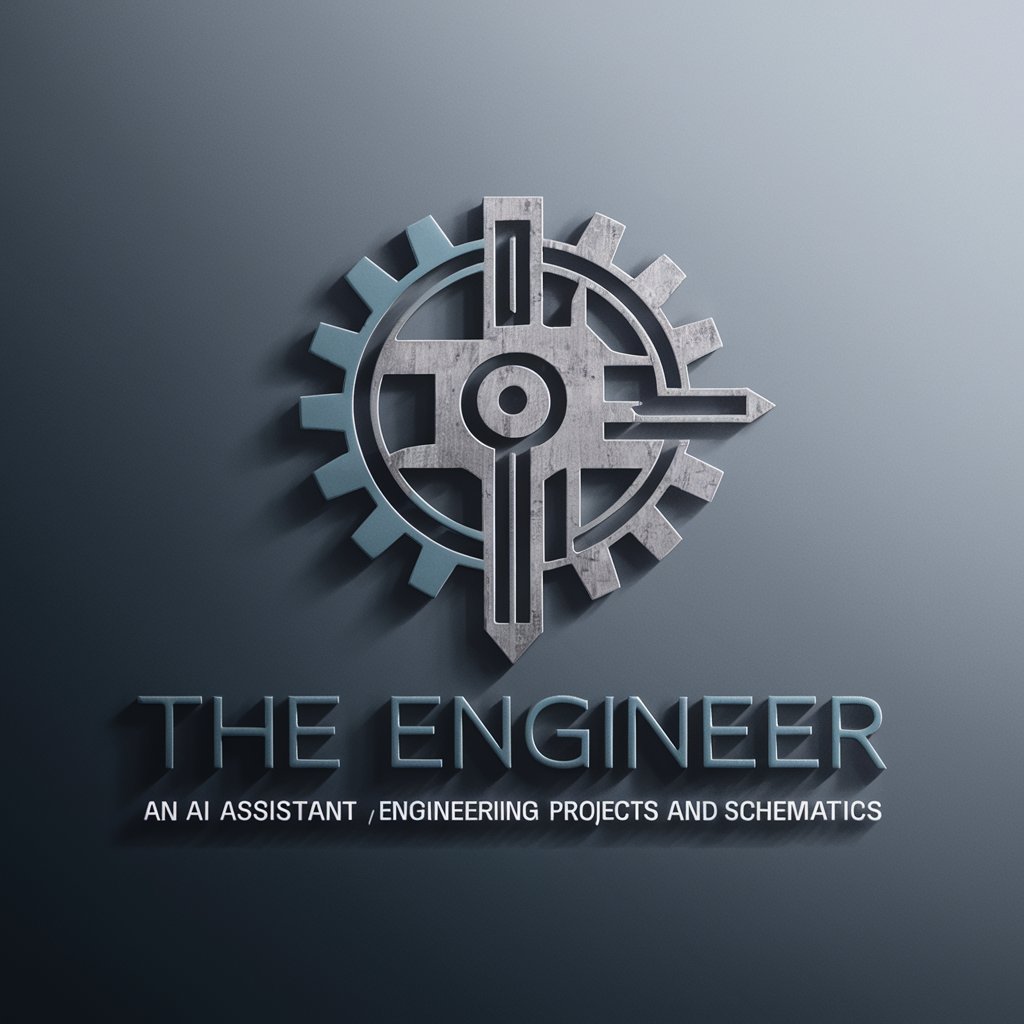
🌌 Subatomic Analysis Expert 🧬
Unraveling the Quantum World with AI

Quantum Weaver
Simplifying Quantum Computations for All.
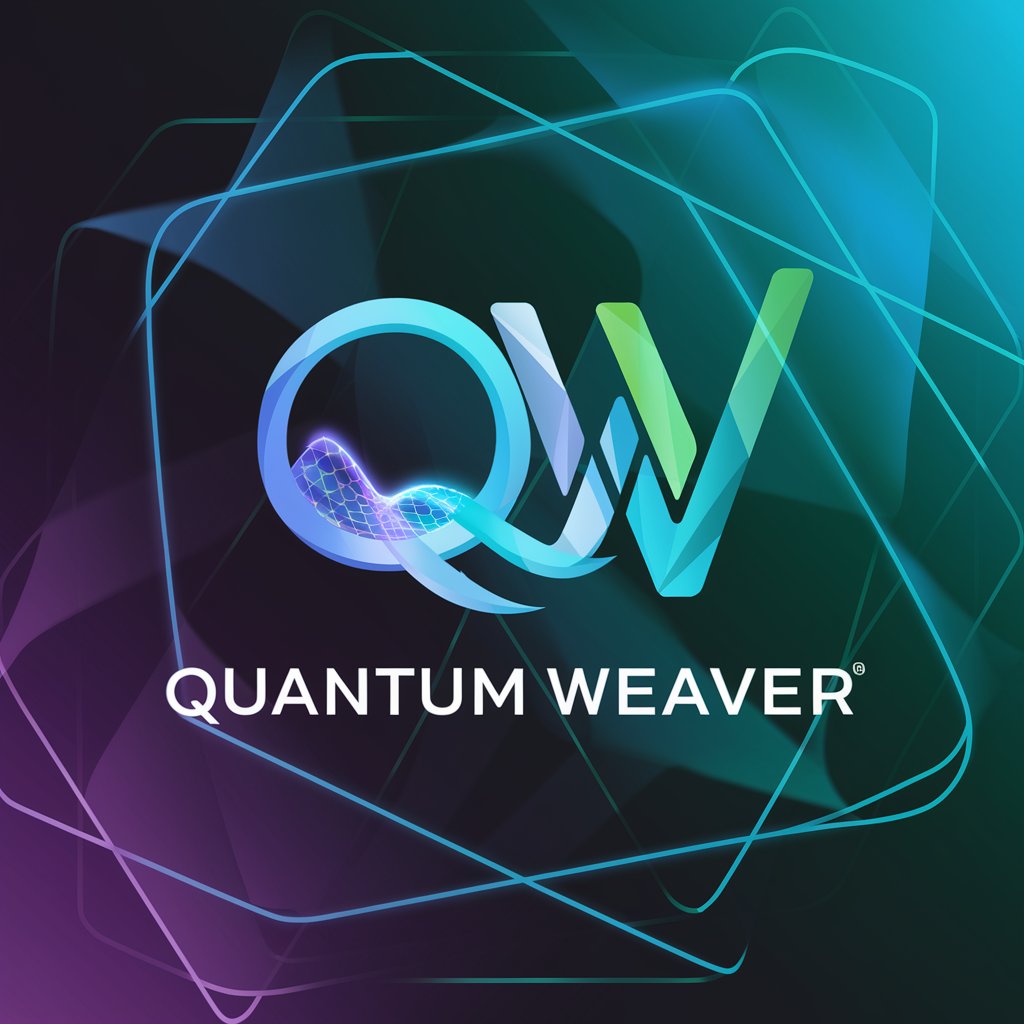
Visual Lexicon
Visualizing Ideas with AI Power

Quantum Genius
Demystifying Quantum Mechanics with AI
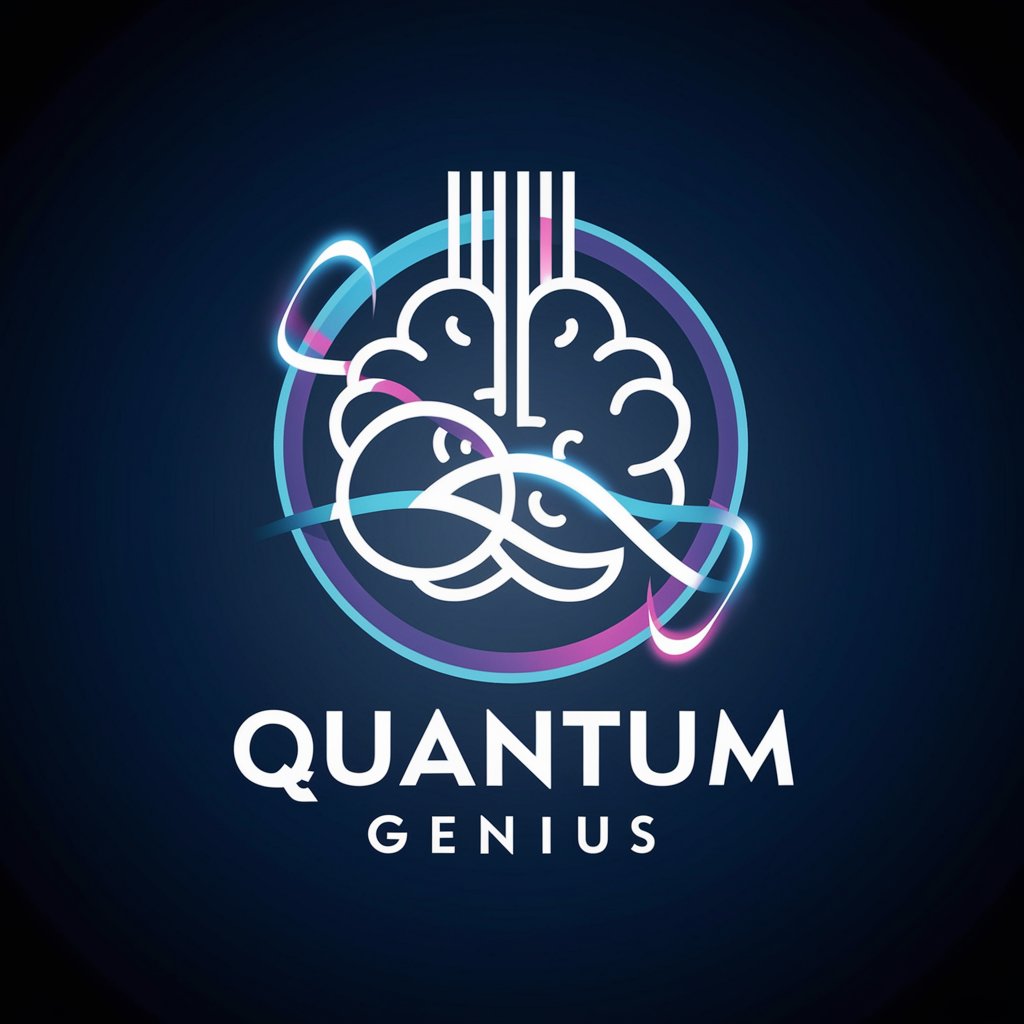
Insightful Librarian
Transforming thoughts into visuals.
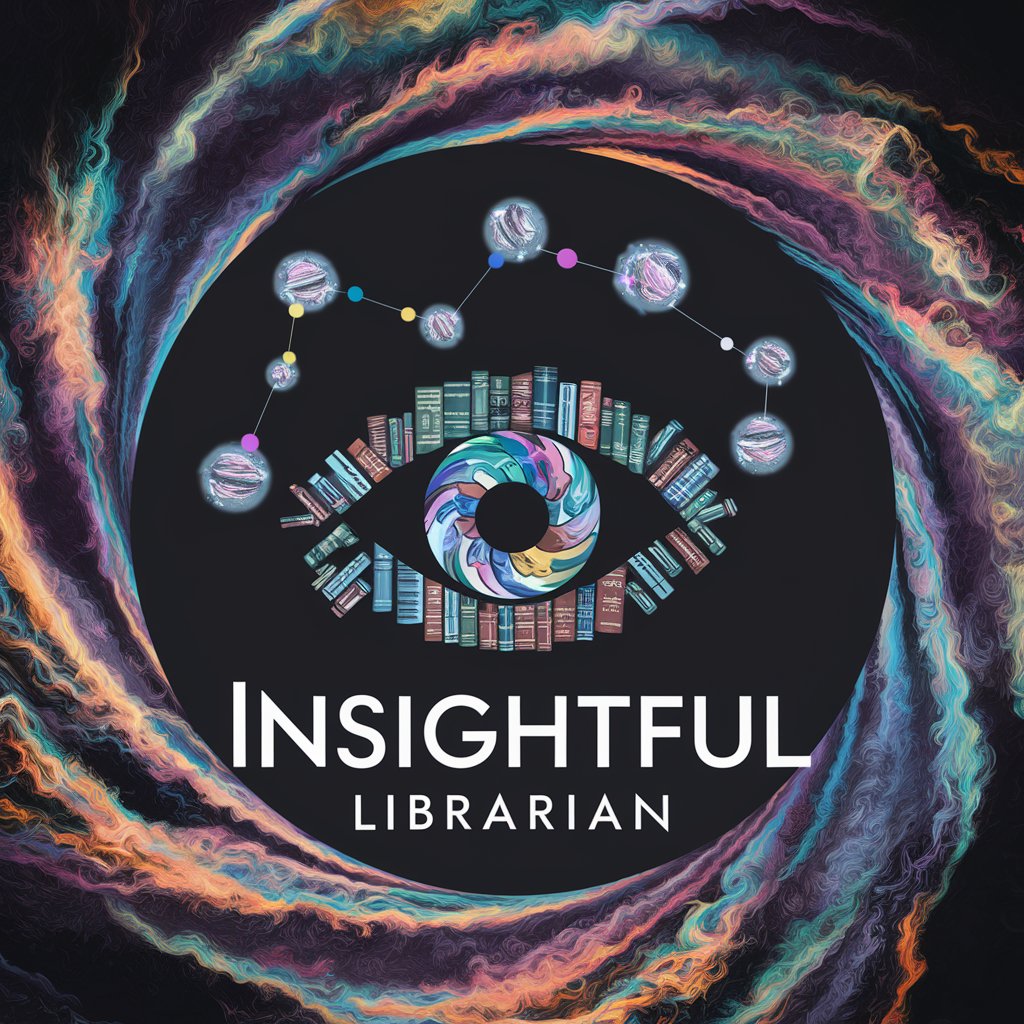
Key Characteristics and Functionalities
The core features of AI GPTs for Conceptual Visualization include a wide range of adaptabilities, from generating simple diagrams to creating intricate visual representations of complex data. They offer language understanding for intuitive interaction, sophisticated technical support for specialized tasks, web searching capabilities for real-time data visualization, image creation for abstract concepts, and advanced data analysis for insightful representations. These tools are distinguished by their ability to learn and adapt, providing personalized and context-aware visualizations.
Intended Users of Conceptual Visualization AI
The primary users of AI GPTs for Conceptual Visualization span from beginners seeking to understand complex ideas through visuals, to developers and professionals who require advanced visualizations in their work. These tools are designed to be accessible to individuals without programming skills, offering user-friendly interfaces, while also providing extensive customization options for users with technical expertise, making them versatile for various levels of use.
Try Our other AI GPTs tools for Free
Eco-Friendly Material Selection
Discover AI-powered GPT tools tailored for eco-friendly material selection. Designed for ease of use and deep customization, these tools aid in sustainable decision-making, catering to both novices and professionals in environmental sustainability.
Life Decision Support
Explore AI GPTs for Life Decision Support: personalized, intelligent tools designed to assist in making informed life decisions. Tailored advice, seamless interaction, and ethical guidance for all.
Educational Assessment
Explore the transformative power of AI GPTs in Educational Assessment, revolutionizing the way we create, deliver, and analyze educational content and evaluations.
Professional Skill Evaluation
Revolutionize professional skill development with AI GPTs. Tailored assessments, real-time feedback, and adaptive learning for all skill levels.
Personal Innovation
Explore the world of Personal Innovation with AI GPTs tools. Tailored for creative problem-solving and learning, these AI solutions are perfect for enhancing personal and professional growth.
Dietary Goal Achievement
Discover how AI-powered GPT tools can transform your dietary planning with personalized, science-backed nutrition advice tailored to your health goals and preferences.
Broader Applications and Custom Solutions
AI GPTs for Conceptual Visualization not only offer versatile tools for creating and understanding visuals but also provide customized solutions across various sectors. From educational materials that simplify complex subjects to business analytics that visualize data trends, these tools enhance comprehension and decision-making. Their user-friendly interfaces coupled with the potential for integration make them a valuable addition to existing systems or workflows, expanding their applicability and utility.
Frequently Asked Questions
What are AI GPTs for Conceptual Visualization?
AI GPTs for Conceptual Visualization are AI-powered tools that use Generative Pre-trained Transformers to create and manipulate visual representations of abstract concepts, making complex ideas easier to understand and engage with through visuals.
Who can benefit from these tools?
These tools are beneficial for a wide range of users including students, educators, professionals, and developers who need to convert complex data or concepts into visual formats for easier comprehension and presentation.
Do I need coding skills to use these AI GPTs tools?
No, these tools are designed to be accessible to users without any coding skills, providing intuitive interfaces and guided functionalities. However, they also offer advanced features for those with programming knowledge.
Can these tools generate visuals from text descriptions?
Yes, one of the primary capabilities of these AI GPTs tools is to interpret textual descriptions and generate accurate and relevant visual representations of the described concepts.
How customizable are the visualizations created by AI GPTs?
The visualizations are highly customizable, allowing users to specify details such as color schemes, styles, and complexity levels to suit their specific needs and preferences.
Can these tools be integrated with other software or platforms?
Yes, many AI GPTs for Conceptual Visualization are designed with integration capabilities, allowing them to be embedded within or work alongside other software and platforms for seamless workflow.
Are the visualizations created by these tools accurate?
The accuracy of the visualizations largely depends on the input data and the tool's learning algorithms. These tools are continuously improving and are designed to produce highly accurate visual representations based on the provided data and context.
What kind of support is available for users of these tools?
Users can access a range of support options, including documentation, tutorials, online communities, and customer support services, to assist with any queries or challenges they might encounter.